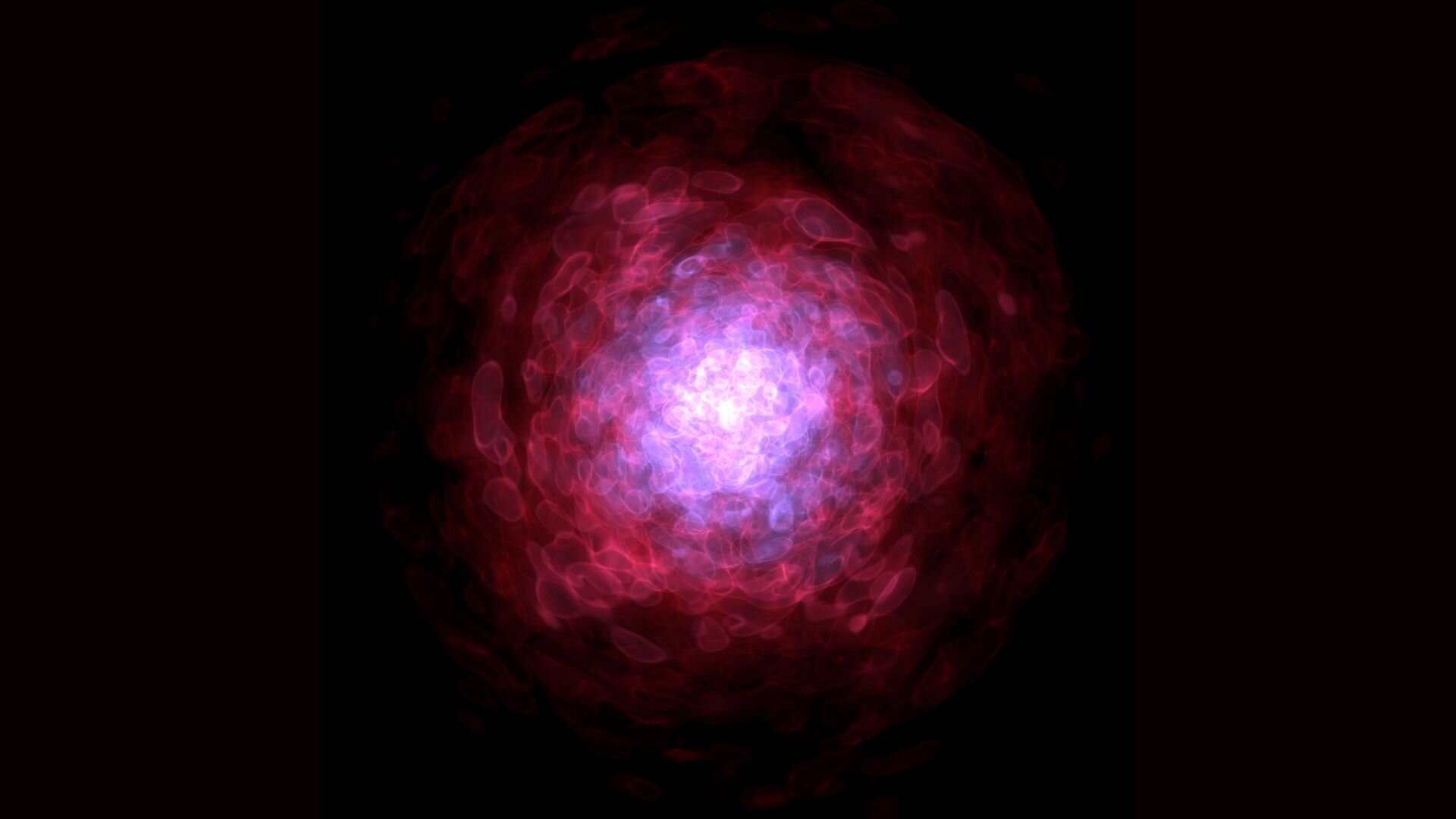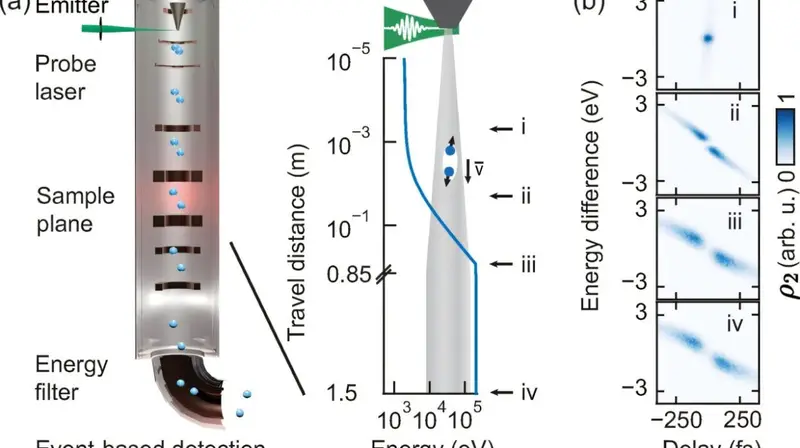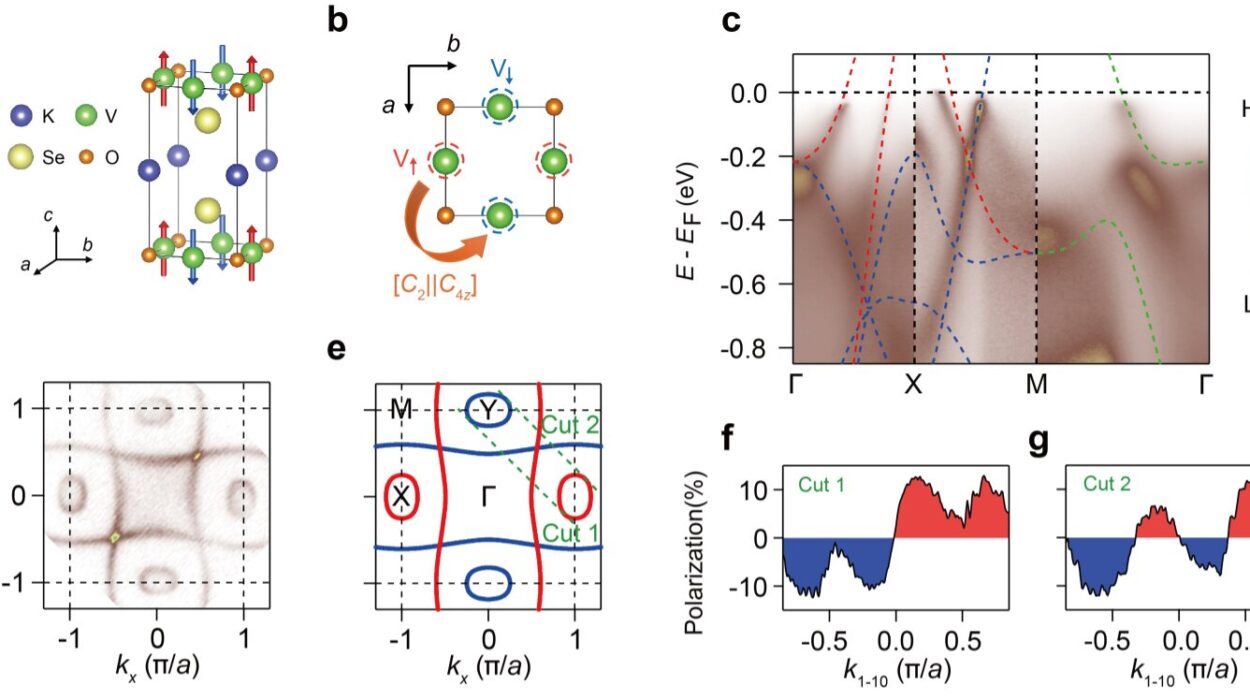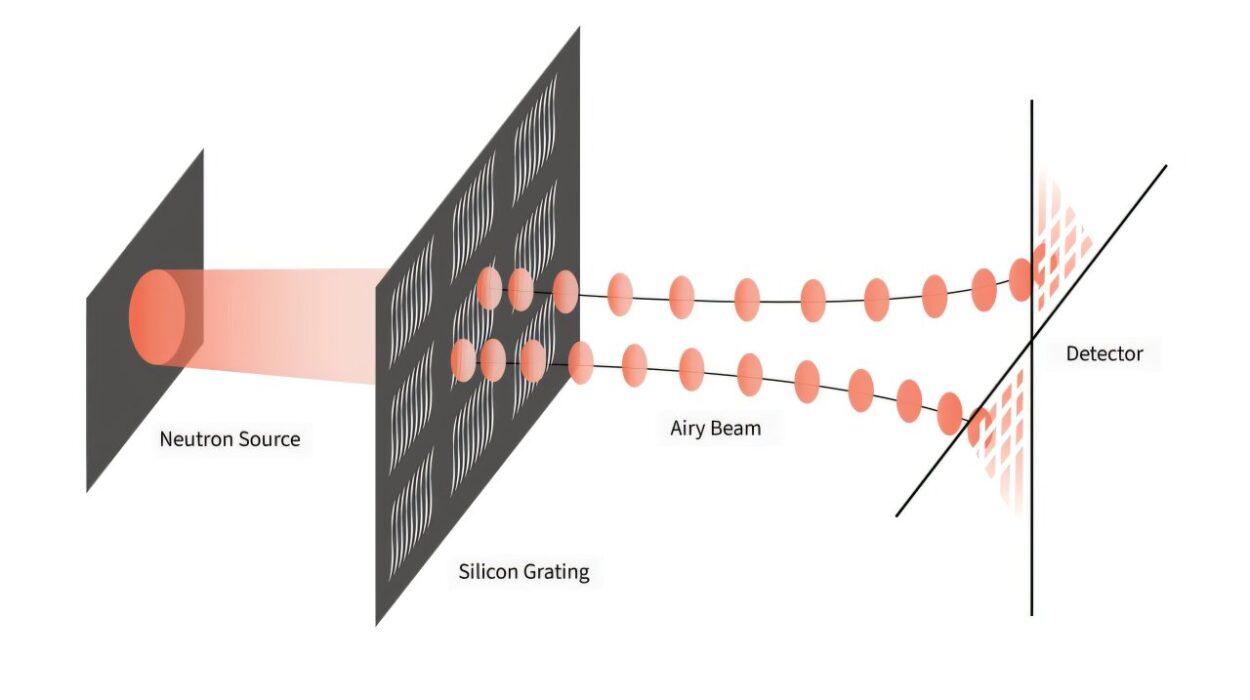For decades, dark matter has danced at the edges of our understanding—unseen, untouchable, but undeniable. It warps galaxies, binds cosmic structures, and accounts for roughly 85% of the matter in the universe. Yet its nature remains one of the most haunting mysteries in modern physics. Now, a team of astrophysicists has added a crucial new piece to the puzzle.
In a recent study published in Physical Review Letters, researchers have made a bold leap in narrowing down what dark matter is not. By analyzing the motion of stars in a nearby dwarf galaxy and deploying a cutting-edge quantum model, they’ve set a new, significantly higher lower limit on the possible mass of hypothetical ultralight bosonic dark matter particles—also known as “fuzzy dark matter.” This is no small update: the new constraint is 100 times stricter than previous estimates.
Dark Matter: The Invisible Backbone of the Universe
Though it’s never been seen directly, the presence of dark matter is undeniable. Galaxies rotate too fast, galaxy clusters remain too tightly bound, and light from distant objects bends in ways that visible matter alone can’t explain. Whatever dark matter is, it’s essential for the structure of the universe.
But while its gravitational influence is unmistakable, its composition is a mystery. According to quantum mechanics, all fundamental particles fall into one of two categories: fermions, like electrons and protons, which obey the Pauli exclusion principle and resist being packed too tightly, or bosons, like photons and gluons, which happily stack together in the same quantum state.
Previous work has focused on dark matter as a fermion and set lower mass limits using the exclusion principle. But what if dark matter is bosonic—specifically, made of ultralight bosons, particles with unimaginably low masses and vast quantum wavelengths? That’s where this new study steps in.
Peering Into Leo II: A Tiny Galaxy With Big Clues
The key to this discovery lies not in the depths of deep space, but in a cosmic neighbor: Leo II, a small dwarf spheroidal galaxy orbiting the Milky Way. Though tiny—about a thousand times smaller than our own galaxy—Leo II holds an outsized importance in the search for dark matter.
What makes Leo II a perfect testing ground? Proximity and simplicity. “What we need is a single snapshot of how Leo II looks,” said Tim Zimmermann, the study’s lead author and a Ph.D. candidate at the University of Oslo’s Institute of Theoretical Astrophysics. “Because it’s so close, we don’t have to account for complications like the expansion of the universe.”
Leo II is gravitationally dominated by dark matter, so by studying how its stars move—how fast they orbit, how they’re distributed—scientists can reconstruct the underlying invisible mass responsible for those motions. In other words, dark matter leaves a gravitational fingerprint, and Leo II’s fingerprint is unusually legible.
Quantum Mechanics Meets Galactic Motion
The team used state-of-the-art modeling tools to analyze the galaxy’s stellar kinematics. At the heart of their method was GRAVSPHERE, a Monte Carlo-based algorithm that solves the Jeans equation, a fundamental relation in astrophysics that links the motion of stars to the distribution of mass (both visible and dark).
From this, the researchers generated 5,000 possible dark matter density profiles that could explain Leo II’s observed star movements. But they didn’t stop there.
To see whether ultralight bosonic dark matter could account for these profiles, they turned to the very foundations of quantum physics: Schrödinger’s equation. Specifically, they solved it under the assumption that dark matter behaves like a quantum wave, not a classical particle—a key property of ultralight bosons, which, due to their tiny mass, have enormous de Broglie wavelengths.
Using a computational tool called JAXSP, they reconstructed the quantum wave functions for hypothetical dark matter particles of varying masses. They then compared these predictions to the real density profiles observed in Leo II.
The Uncertainty Principle Draws a Line
So why does particle mass matter? Because of the Heisenberg uncertainty principle, a bedrock of quantum theory that limits how precisely one can simultaneously know a particle’s position and momentum. For extremely light particles, this principle implies that they can’t be confined to small regions. Their wave-like nature dominates, creating a sort of “quantum fuzziness.”
This fuzziness has consequences. It means that if the dark matter particle is too light, it can’t cluster tightly enough to reproduce the gravitational behavior we observe in galaxies like Leo II. There’s a minimum particle mass below which this kind of dark matter would simply smear out, failing to form the sharp structures that real galaxies require.
And that’s what Zimmermann and his colleagues measured. They found that ultralight bosonic dark matter must have a mass greater than 2.2 × 10⁻²¹ electron volts (eV)—two orders of magnitude higher than previous lower bounds.
Fuzzy Dark Matter Faces the Chop
These findings are a significant blow to one of the most popular dark matter candidates in recent years: fuzzy dark matter, which typically suggests a particle mass around 10⁻²² eV. This model has been widely explored because it offers elegant solutions to long-standing astrophysical puzzles, like why galaxies seem to have flat cores rather than sharp centers.
“Fuzzy dark matter at 10⁻²² eV was already under heavy pressure by an array of independent studies,” Zimmermann noted. “What has changed is that we can now draw this conclusion more confidently.”
Previous studies often relied on models that included assumptions about star formation, cosmic reionization, and other complicated astrophysical processes. This new result is different: it’s rooted solely in local observational data and first-principle physics, requiring no elaborate cosmological simulations.
In other words, Leo II alone tells us something definitive: if dark matter is made of ultralight bosons, they must be heavier than we thought.
The Future: Toward Mixed Dark Matter Models
Where does this leave the search for dark matter? While some theories may be on shakier ground, the door is far from closed.
Zimmermann and his team are already looking ahead to more nuanced models. One increasingly popular idea is mixed dark matter, in which dark matter is composed of several types of particles with varying masses—some light, some heavy, some bosonic, some perhaps fermionic.
“Extending our analysis to this scenario, providing a robust limit for mixed dark matter only relying on local universe information, is a natural step forward,” Zimmermann said.
Such models could accommodate the broad array of observational data, from the behavior of galaxies like Leo II to the fine structure of the cosmic microwave background. They also reflect the complexity of the particle zoo we already know—from electrons and quarks to neutrinos and Higgs bosons. Why should dark matter be any simpler?
A Quantum Map of the Dark Cosmos
Ultimately, this study represents more than just a new limit—it’s a demonstration of how quantum physics and astrophysics can join forces in the search for the universe’s missing matter. By applying Schrödinger’s equation to galaxies and using particle wave functions to predict star motion, scientists are creating a new kind of cosmic map—one where the universe’s deepest secrets may be drawn not in starlight, but in shadows.
The work is a reminder that progress in science doesn’t always come from seeing something new. Sometimes, it comes from proving what we cannot see.
And in a universe where dark matter outweighs the visible stars five to one, knowing what it isn’t may be just as valuable as discovering what it is.
Reference: Tim Zimmermann et al, Dwarf Galaxies Imply Dark Matter Is Heavier than 2.2×10−21 eV, Physical Review Letters (2025). DOI: 10.1103/PhysRevLett.134.151001






